Buying an e-bike for the first time involves understanding local laws, classification rules, and how to interact with law enforcement during police stops. Knowing your rights, carrying necessary documentation, and choosing legal-compliant models like TST EBike’s 26-inch and 27-inch ensure a smooth, lawful riding experience while avoiding fines and complications.
What Legal Classifications Should First-Time E-Bike Buyers Know?
First-time e-bike buyers should understand the three main legal classes: Class 1 offers pedal-assist up to 20 mph, Class 2 includes throttle-assist also up to 20 mph, and Class 3 provides pedal-assist up to 28 mph but often requires helmets and age limits. Knowing these classifications helps riders comply with local laws regarding where e-bikes can be ridden and what safety equipment is necessary, ensuring a safe and legal riding experience.
E-bikes are generally classified into three main classes based on motor assistance and speed limits:
- Class 1: Pedal-assist only, motor assists up to 20 mph, no throttle allowed.
- Class 2: Throttle-assisted with motor up to 20 mph.
- Class 3: Pedal-assist only, motor assists up to 28 mph, no throttle allowed, often requiring helmets and age restrictions.
Understanding these classes helps buyers select models compliant with local laws and determines where and how you can ride legally.
How Do State and Local Regulations Affect E-Bike Use?
E-bike laws vary significantly by state and locality. Some states require helmets for riders under certain ages, restrict e-bike use on trails or bike paths, or limit motor power and speed. For example, California mandates helmets for Class 3 riders and bans throttles on Class 3 e-bikes. Checking state-specific rules before purchasing ensures compliance and avoids legal issues.
What Should You Do If Stopped by Police While Riding Your E-Bike?
If stopped by police, remain calm and cooperative. Be prepared to show identification, proof of ownership, and any required permits or insurance. Ask politely why you were stopped and comply with lawful requests. Avoid confrontation; if you believe the stop was unjust, contest it later in court. Carrying documentation and riding a legal-compliant e-bike reduces the likelihood of issues.
Which TST EBike Models Comply with Most Legal Requirements?
TST eBike models like the TST City and TST Commuter are designed to meet most legal e-bike regulations. They typically feature Class 1 or Class 2 motors, limited speeds, and necessary safety features. These models balance power with compliance, making them suitable for urban riders who need a reliable, law-abiding e-bike for daily commuting and casual use across various states and municipalities.
- 26-inch TST EBike Model: Typically configured as Class 1 or Class 3, this model offers powerful 1000W mid-drive motors and durable frames suitable for rough terrains while meeting legal standards.
- 27-inch TST EBike Model: Often available in Class 3 setups, it balances speed and agility for commuting and mountain biking, complying with regulations including motor power limits and helmet requirements.
Both models feature safety equipment like lights and reflectors to meet legal safety standards.
TST EBike Legal Compliance Chart
| Feature | 26-inch Model | 27-inch Model |
|---|---|---|
| Typical Class | Class 1 or 3 | Class 3 |
| Motor Power | 1000W mid-drive | 1000W mid-drive |
| Max Speed | 20-28 mph | 28 mph |
| Safety Features | Lights, reflectors, brakes | Lights, reflectors, brakes |
| Helmet Requirement | Depends on class and state | Depends on class and state |
How Can You Ensure Your E-Bike Purchase Is Legal and Safe?
Buy from reputable dealers who disclose model specifications and compliance information. Verify that the motor power does not exceed legal limits (usually 750W continuous) and that the bike’s speed settings comply with your local class definitions. Ensure the bike has required safety features like lights and brakes. Avoid modifying your e-bike in ways that violate laws or void warranties.
What Are the Common Legal Pitfalls for New E-Bike Owners?
Common issues include riding unregistered or unlicensed e-bikes where required, exceeding speed or power limits, riding in prohibited areas, and lacking proper safety gear like helmets. Some riders face fines or confiscation for using throttle-enabled Class 3 bikes on restricted paths. Understanding and adhering to laws prevents these problems.
Buying Tips
When buying your first e-bike, keep these points in mind:
- Know your local laws: Research state and city regulations before purchase.
- Choose compliant models: TST EBike’s 26-inch and 27-inch models meet most legal requirements.
- Check safety features: Ensure lights, reflectors, and reliable brakes are included.
- Keep documentation: Carry ID, proof of ownership, and permits if required.
- Avoid illegal modifications: Stick to manufacturer settings to maintain legality and warranty.
- Buy from reputable sellers: Ensure transparency and support.
Electric bikes (e-bikes) are the cool new kids on the block, and for good reason—they're green and a breeze to zip around on. But if you're new to the e-bike scene, the legal jargon and potential run-ins with the law can be a bit of a buzzkill. Fear not! This article will delve into the legal aspects of e-bikes using real user cases from Reddit and provide detailed strategies to help you navigate these challenges effectively.
Decoding Your E-Bike
Understanding your e-bike's classification is crucial. Virginia categorizes e-bikes into three classes based on motor assistance and speed capabilities. Knowing your bike's class helps ensure compliance with state laws and informs where you can legally ride.
Your e-bike's class and features are the keys to how it's treated under the law. Let's break down the three main classes:
Class 1 Electric Pedal-Assist Bike
- What it does: Kicks in a boost when you pedal, no throttle here—just you, the pedal, and a little electric friend.
- Speed Cap: Tops out at 20 mph. In many places, you're golden to roll on bike lanes and paths.
- Who it's for: Commuters and leisure riders who dig a mix of pedal power and electric pep.
Class 2 Electric Throttle Bike
- What it does: Got a throttle for power on demand, no pedaling needed to get a head start.
- Speed Cap: Also maxes out at 20 mph, but watch out—some spots might have extra rules.
- Who it's for: Riders who appreciate a quick getaway, especially in the hustle and bustle of city traffic.
Class 3 Speed Pedelec
- What it does: Offers power with or without pedaling, and can give you a boost while you pedal.
- Speed Cap: Goes up to 28 mph, made for those with a need for speed—fast commuting or long hauls.
- Who it's for: Speedy riders who want to cover ground quickly, taking advantage of that extra zip.
Overview of E-Bike Laws
In Virginia, e-bikes are subject to specific regulations. Class 1 and 2 e-bikes are generally permitted on roads and bike paths, while Class 3 e-bikes have restrictions, such as mandatory helmet use and age requirements. Always check local ordinances, as they may impose additional rules.
E-bike regulations vary by region, but generally include the following aspects (using California as an example):
Speed Limits:
- Regulation: According to California Vehicle Code Section 312.5, the maximum speed for Class 3 electric bikes is 28 mph. Bikes exceeding this speed must meet additional safety requirements.
- Practical Application: In cities like Los Angeles, additional local regulations may limit e-bike speeds or riding areas.
Riding Areas:
- The Rule: E-bikes are usually welcome on bike lanes, but some hotspots or pedestrian zones might keep you at bay.
- Street Smart: Scope out local maps or hit up transportation departments for the 411 on e-bike-friendly zones.
- The Rule: Under-18s need helmets, as per California law. For adults, it's not mandatory, but it's a smart safety move.
- Street Smart: Even without a helmet law, it's a no-brainer for protection.Real-Life Case Analysis
Real-Life Case Analysis
Consider a scenario where a rider was stopped for using a Class 3 e-bike on a restricted path. The rider was unaware of local regulations prohibiting Class 3 e-bikes on certain trails, leading to a citation. This underscores the importance of understanding both state and local laws.
Here are detailed analyses of several relevant cases from Reddit:
- Story: A rider was pulled over by a motorcycle cop for going 38 mph in a 25 mph zone. Fortunately, the officer only issued a warning and showed curiosity about the e-bike, but did not take further action.
- Lesson: Know your local speed limits and ensure you adhere to them while riding. Even if you receive a warning, adjust your riding habits to avoid similar issues in the future.
Case 2: Helmet Issue
- Story: A rider was stopped at night because their helmet's visor did not meet regulations for night riding. The officer suggested getting a different helmet but complimented the e-bike and allowed the rider to continue.
- Lesson: Ensure your riding gear meets local regulations, especially for night riding. While the issue was resolved, it's advisable to carry a helmet that complies with regulations to avoid any problems.
- Story: A rider was stopped for riding on a sidewalk, which is prohibited in their area where a bike lane is available. Years later, the same rider was also pulled over in their car for not using the bike lane correctly, which could have damaged their car due to recently installed green delineators.
- Lesson: Familiarize yourself with and follow the regulations for riding areas. Use apps or consult local transportation departments to avoid restricted zones.
Handle Enforcement with Confidence
If approached by law enforcement, remain calm and cooperative. Carry identification and be prepared to explain your e-bike's classification. Having documentation, such as the user manual or classification label, can help clarify any misunderstandings.
Here's how to keep your cool if you find yourself in the crosshairs of law enforcement:
Know the Local Lingo:
- Dig Online: Cruise local transportation sites for the skinny on e-bike laws.
- Ask the Pros: Chat up e-bike sellers or lawyers to make sure your ride is legit.
- Stay Mellow: If the heat's on, stay cool, polite, and answer their Qs with respect.
- Speak Clearly: Lay out what kind of e-bike you've got and show off your proof of legality.
- Check Specs: Before buying, make sure your e-bike's speed and power play nice with local laws.
- Get Advised: If in doubt, get a legal pro to give your e-bike the once-over.
Wrapping Up
Navigating e-bike laws requires awareness of both state and local regulations. By understanding your e-bike's classification and adhering to applicable laws, you can enjoy a safe and lawful riding experience.
E-bikes are a slick addition to our daily grind, but playing by the legal rules is key to a smooth ride. Get clued up on e-bike laws, handle the heat when it comes to enforcement, and you'll be set to soak up the e-bike experience without a hitch.
Happy riding, and may your journeys be safe and joyful!

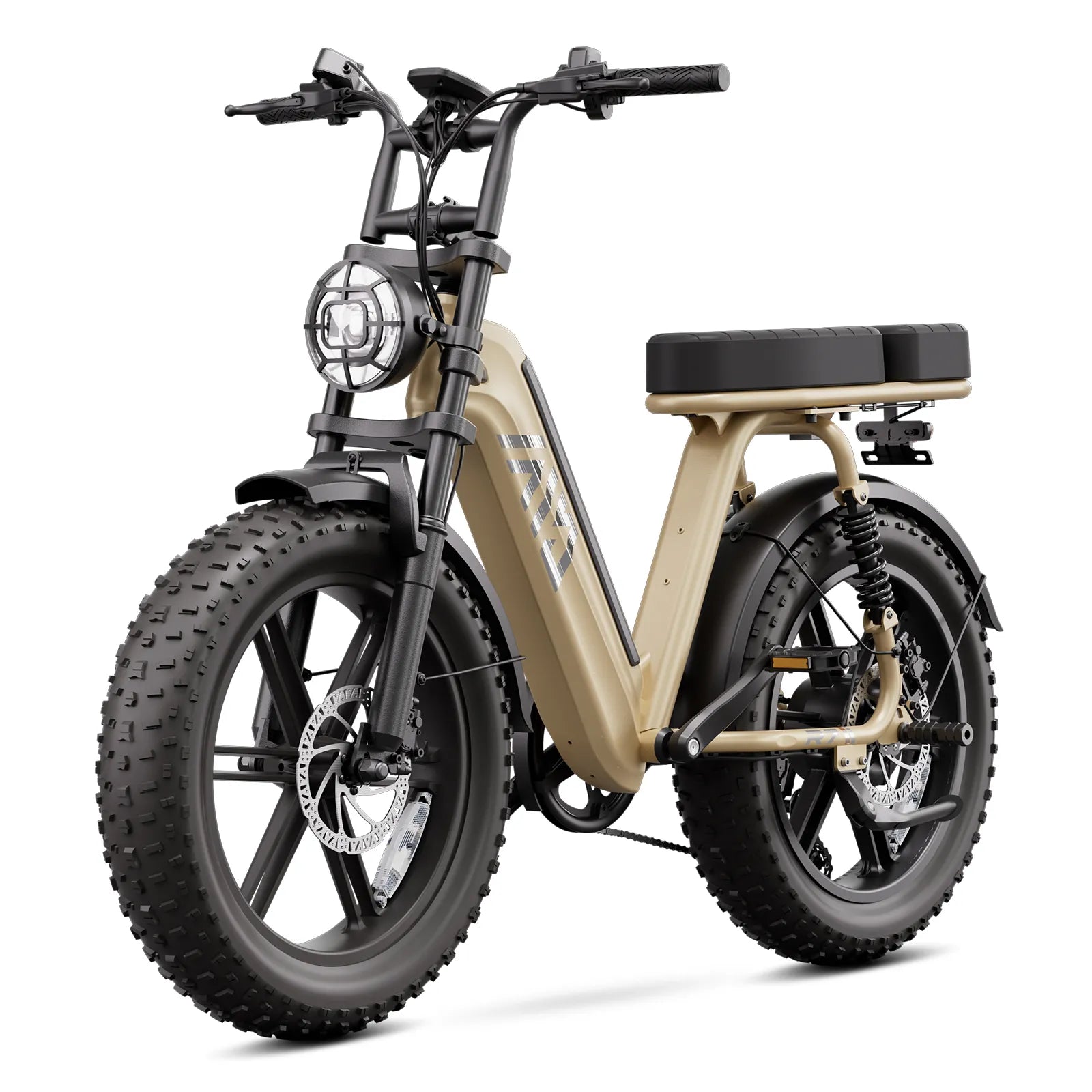
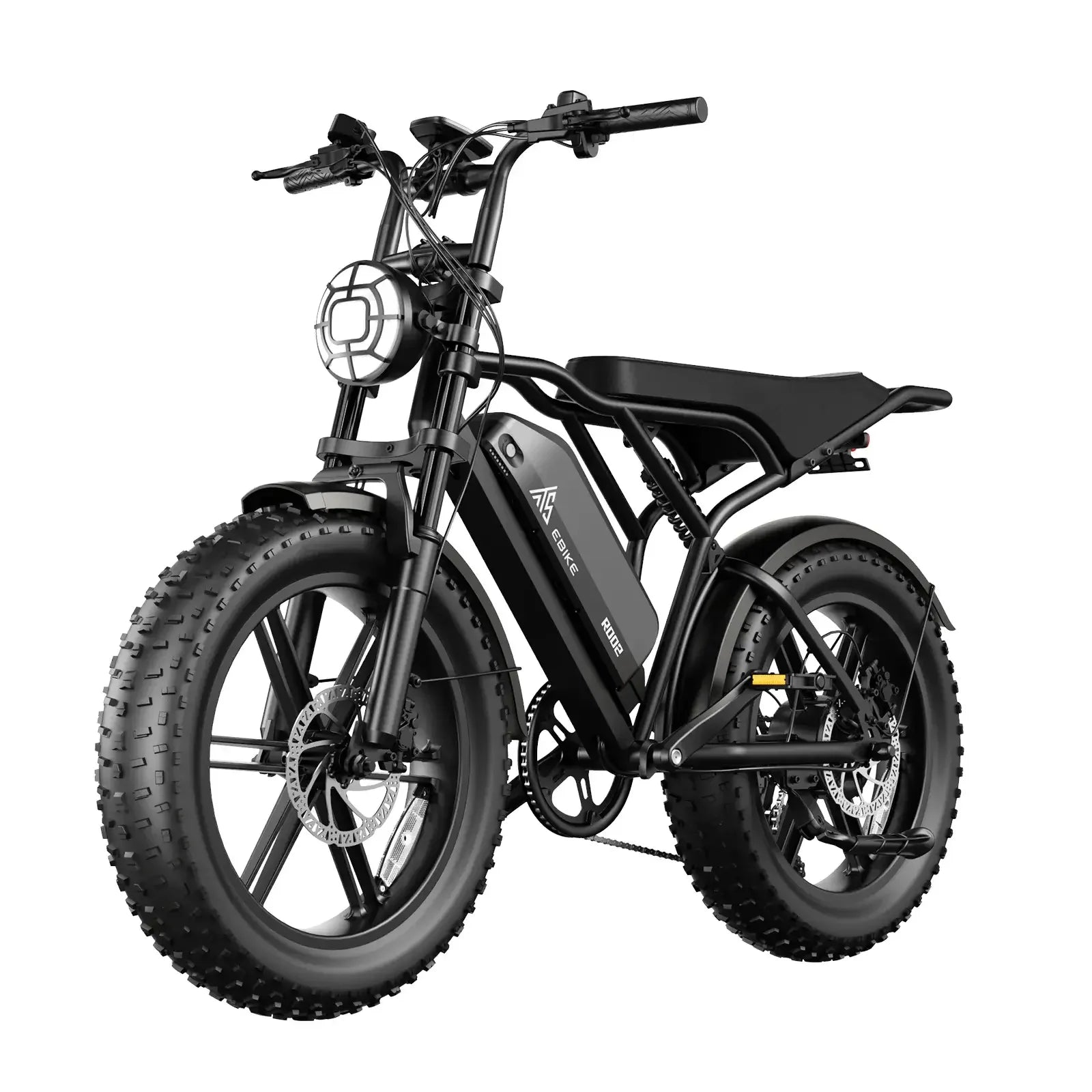

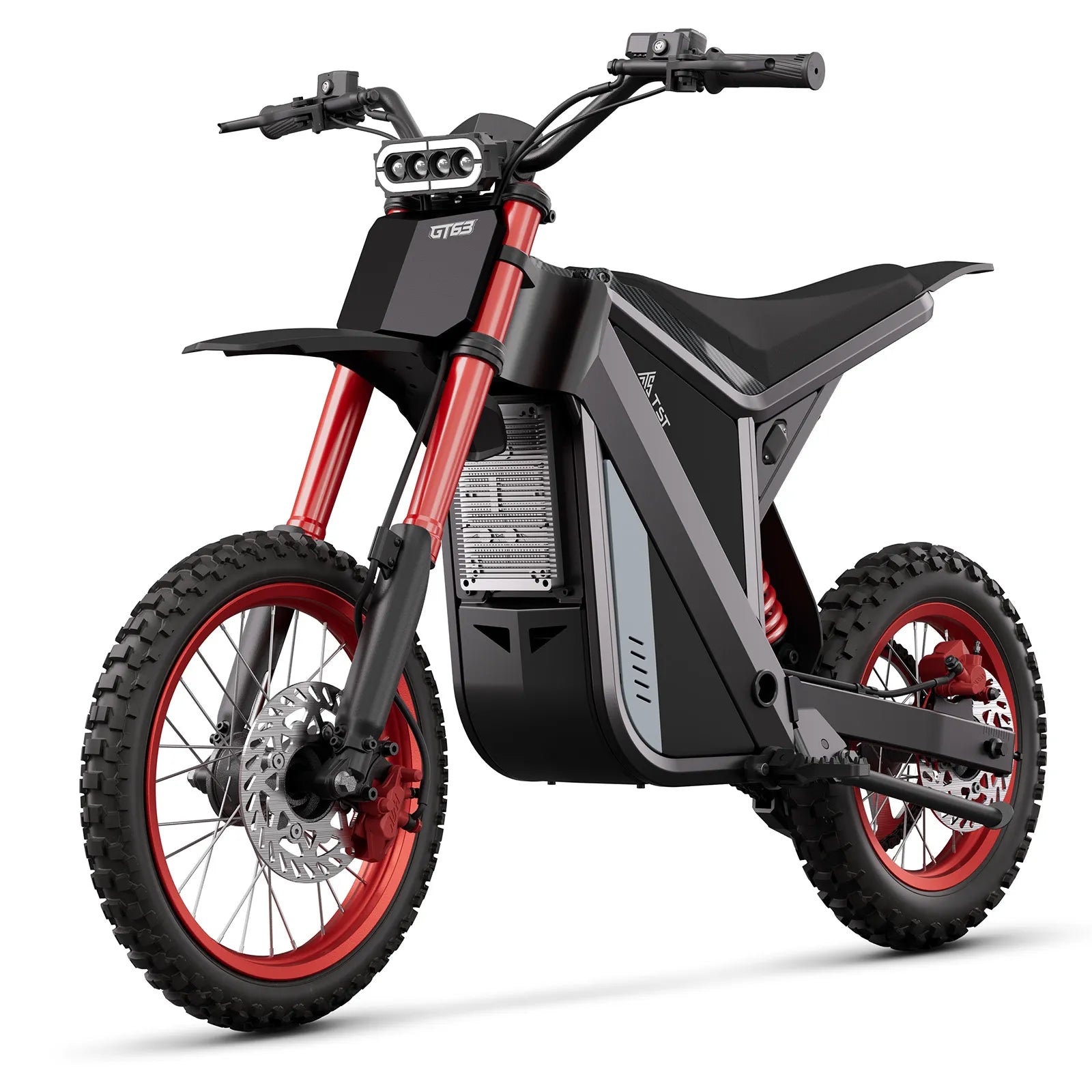
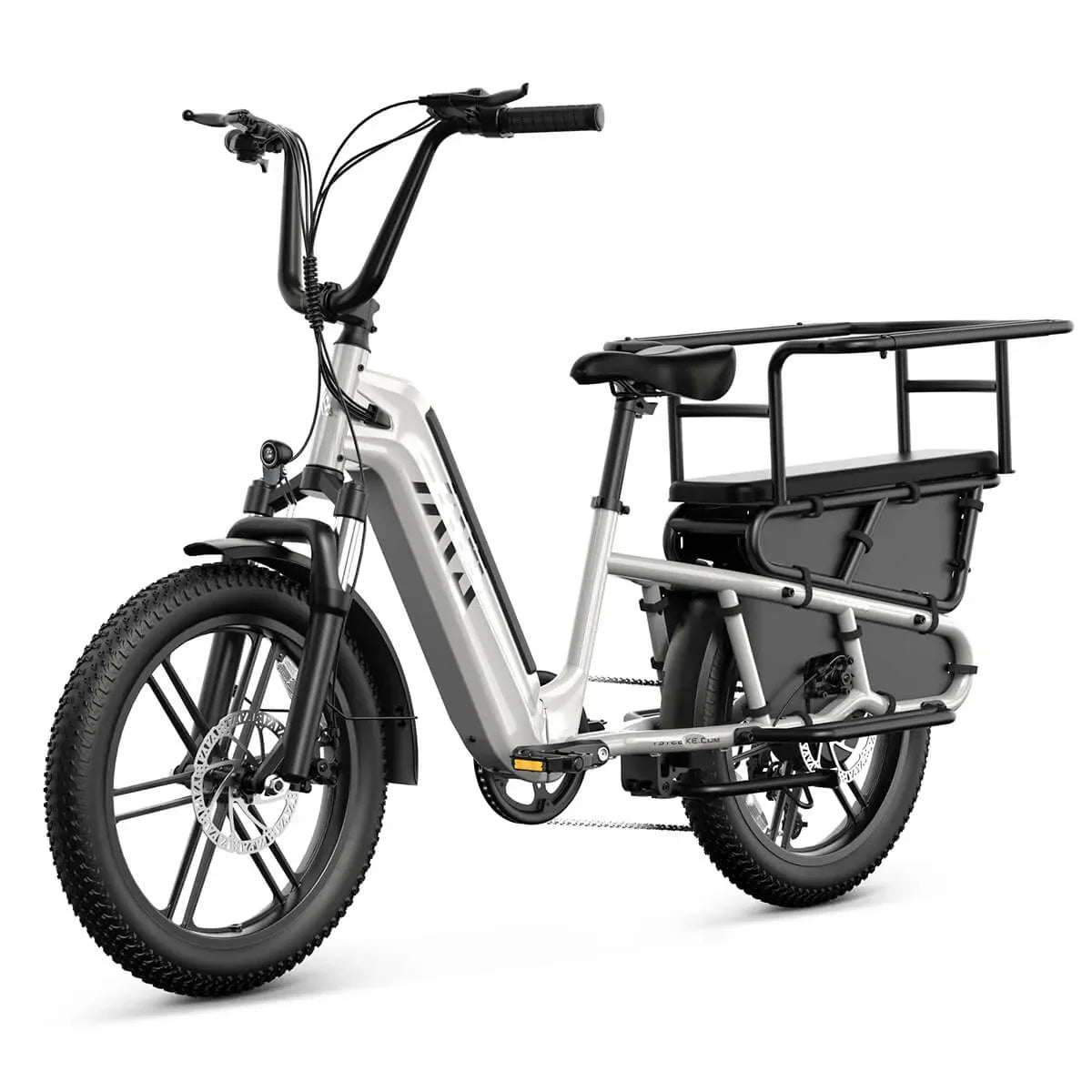
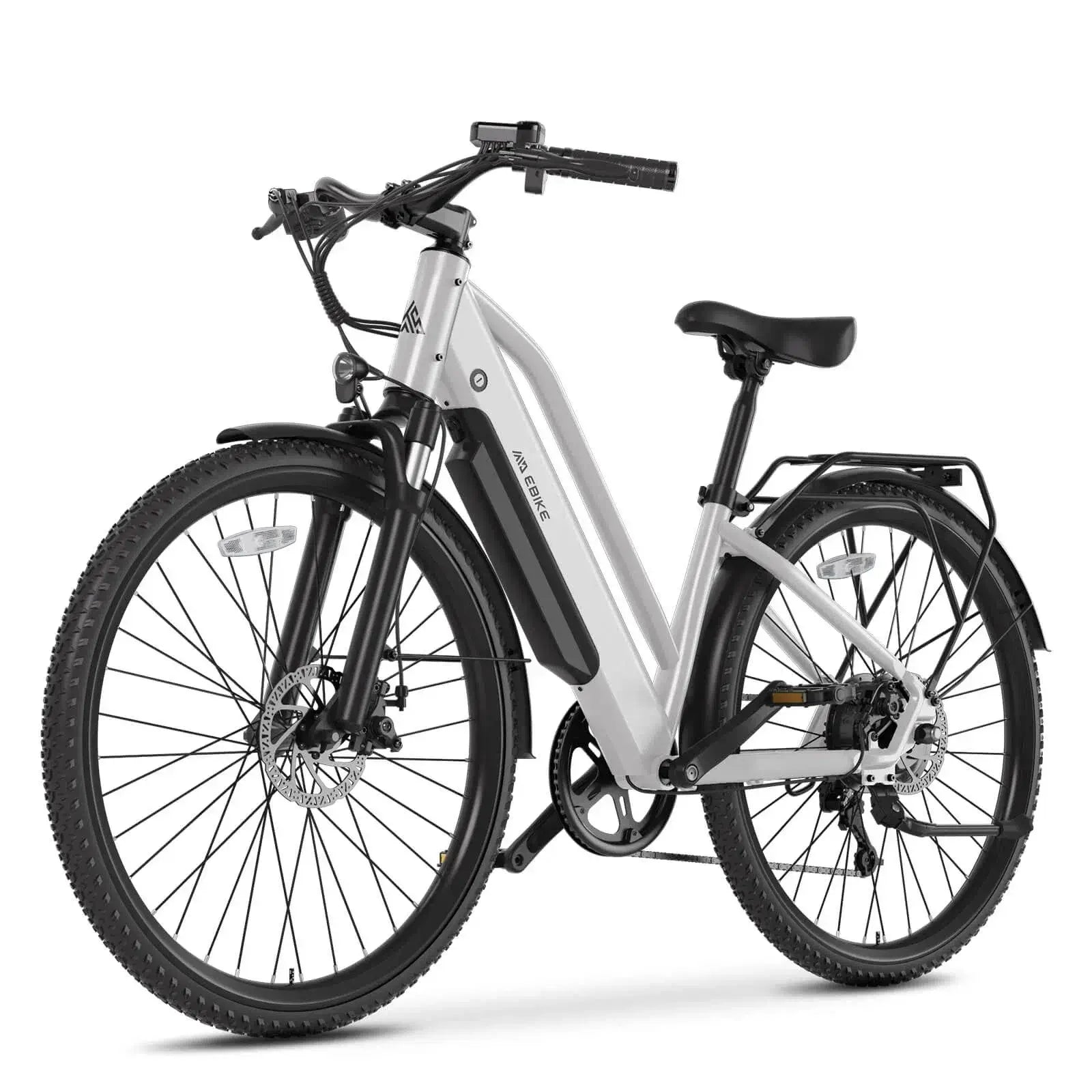
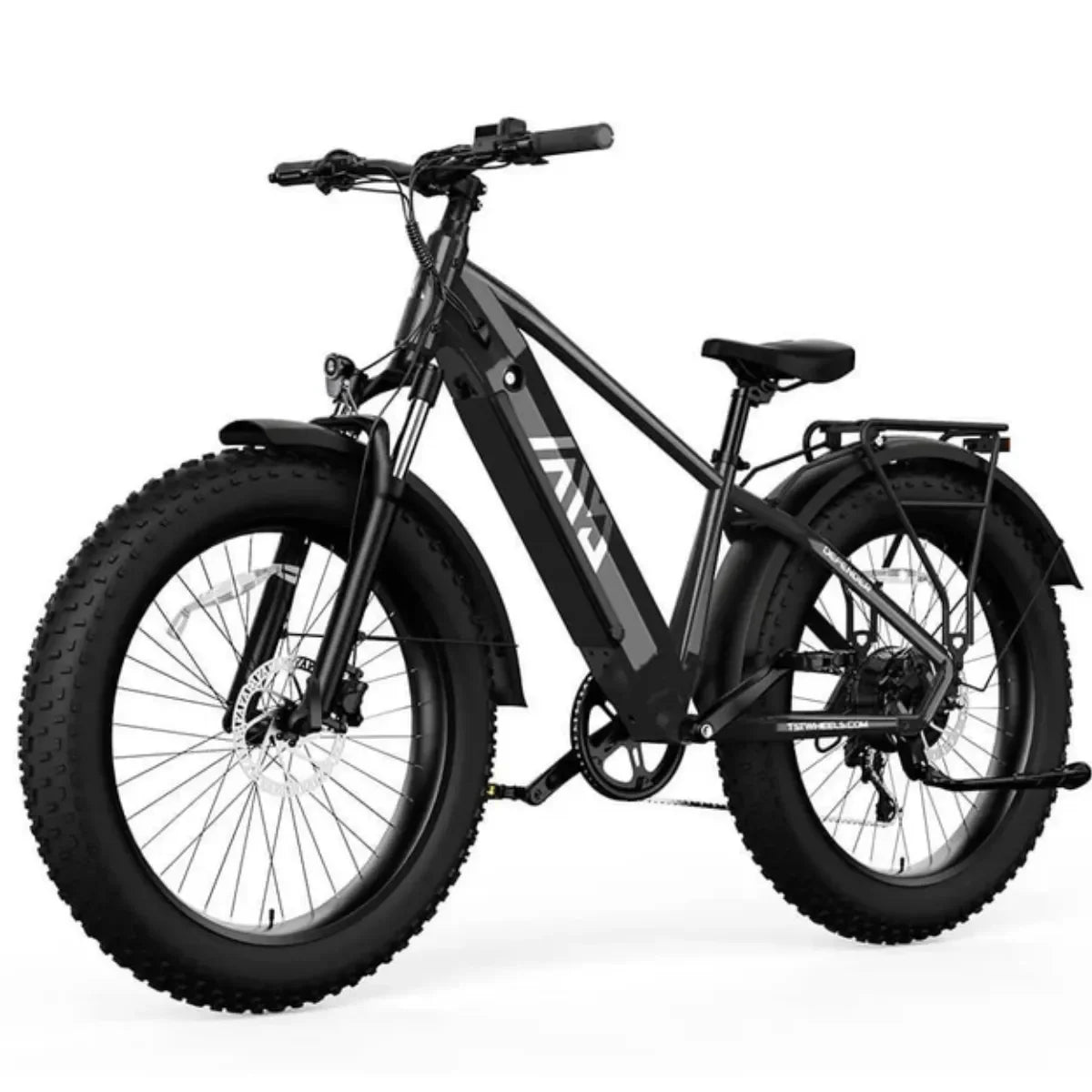
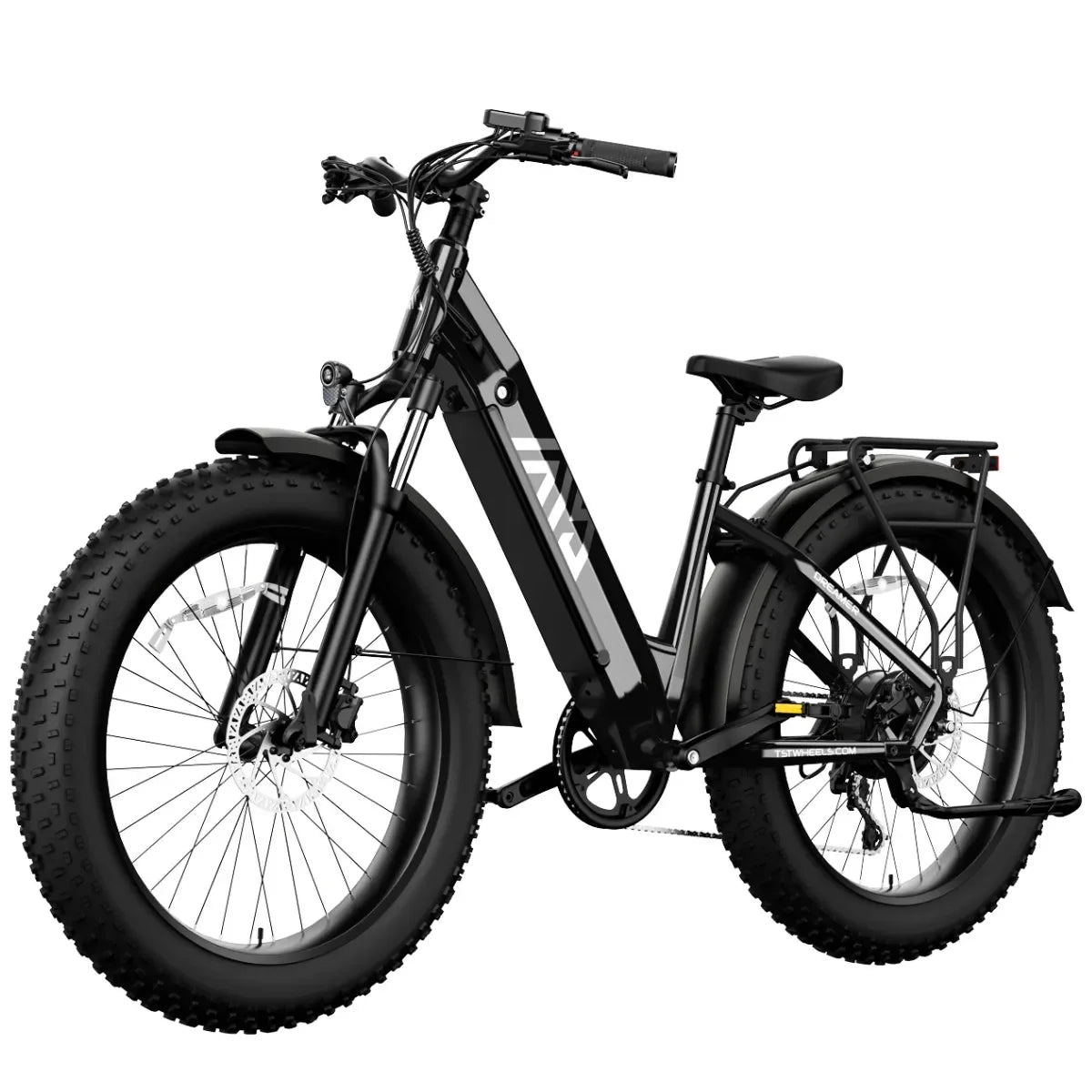
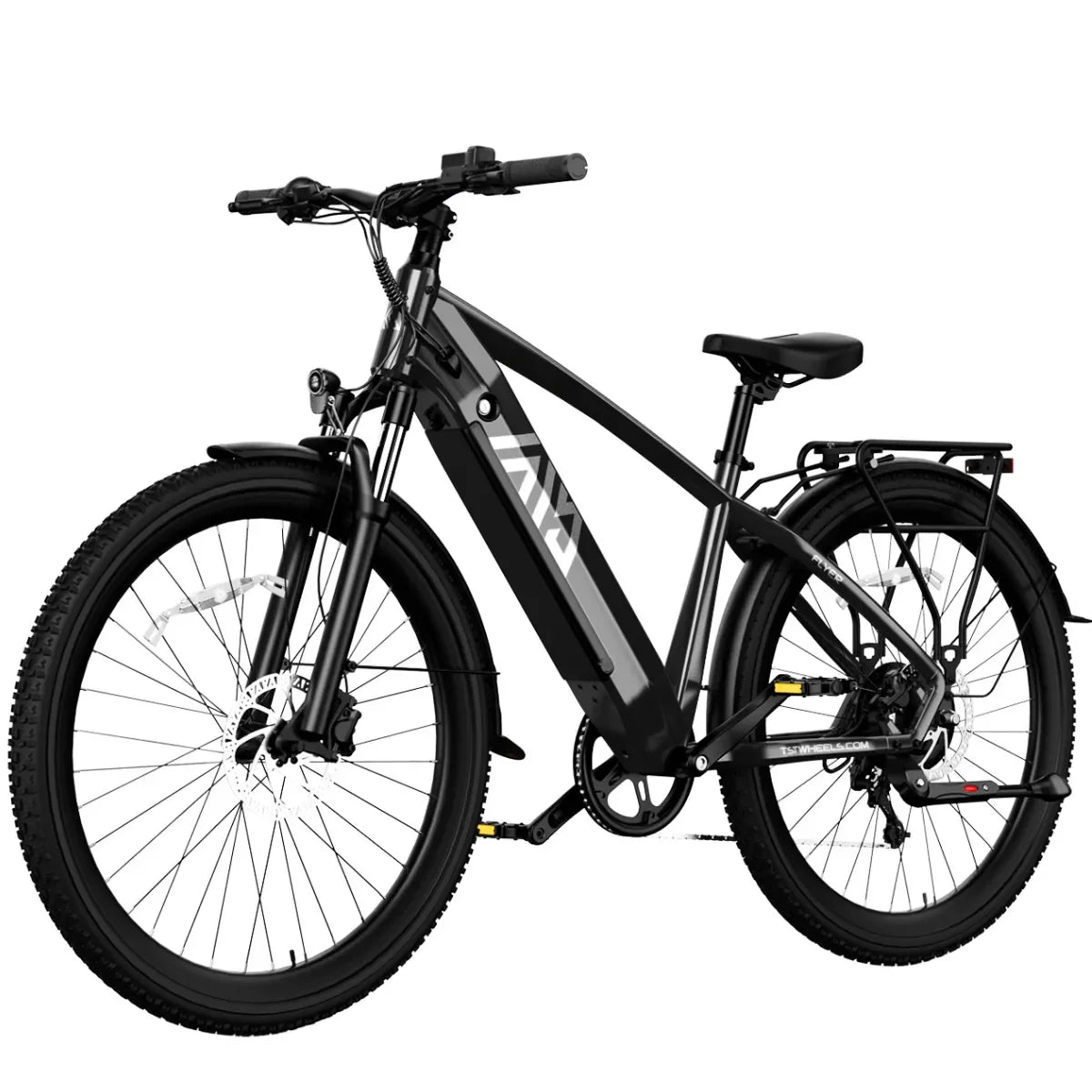
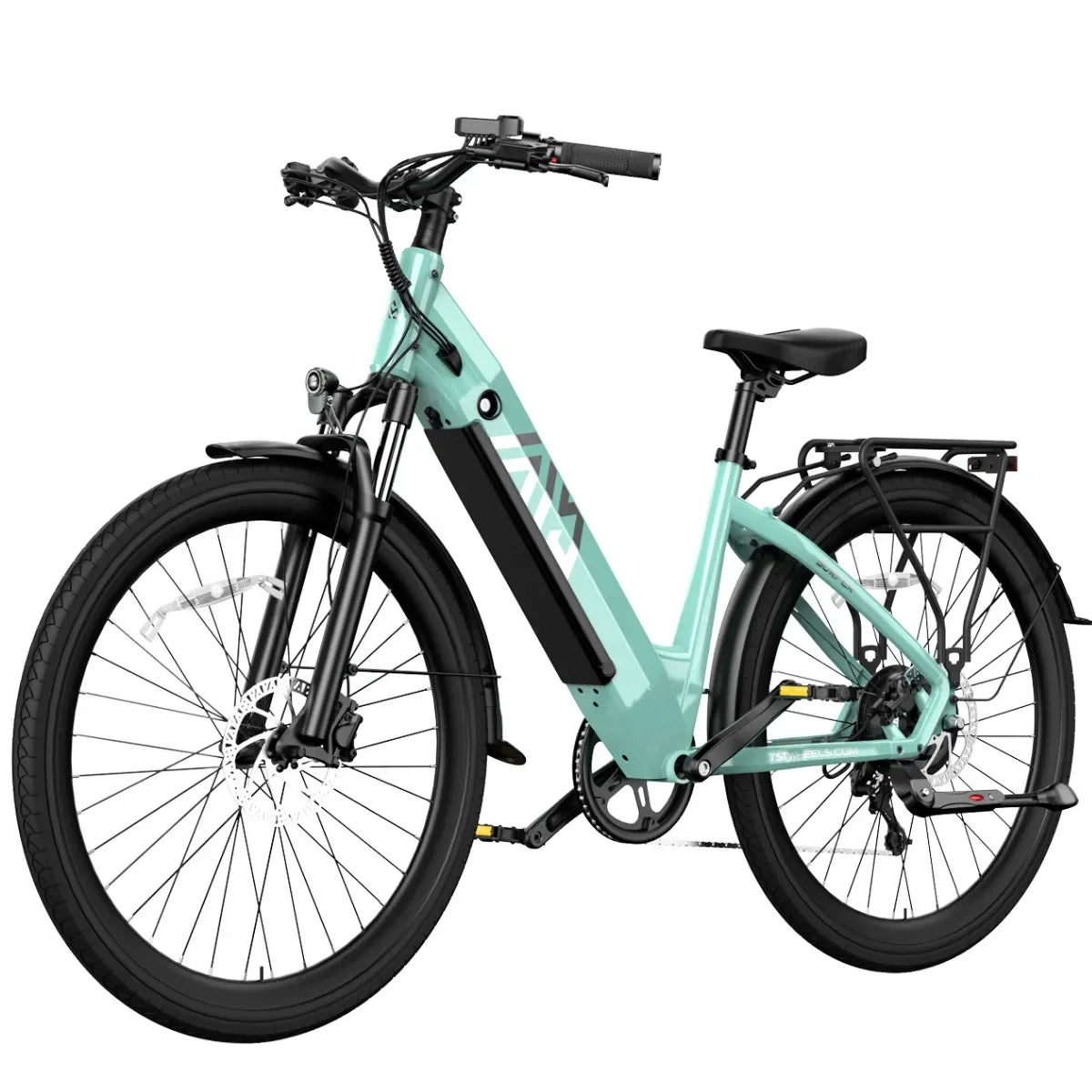
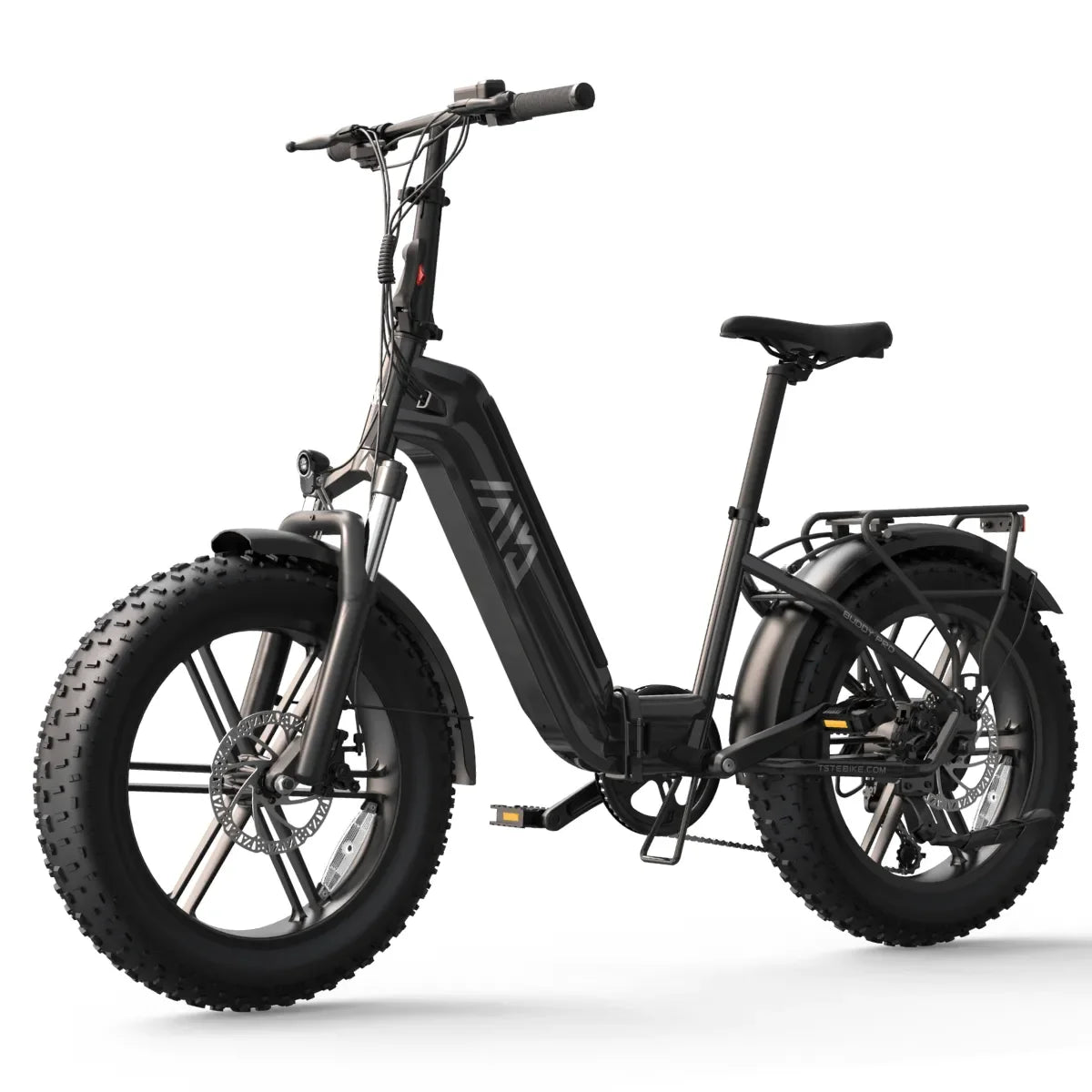
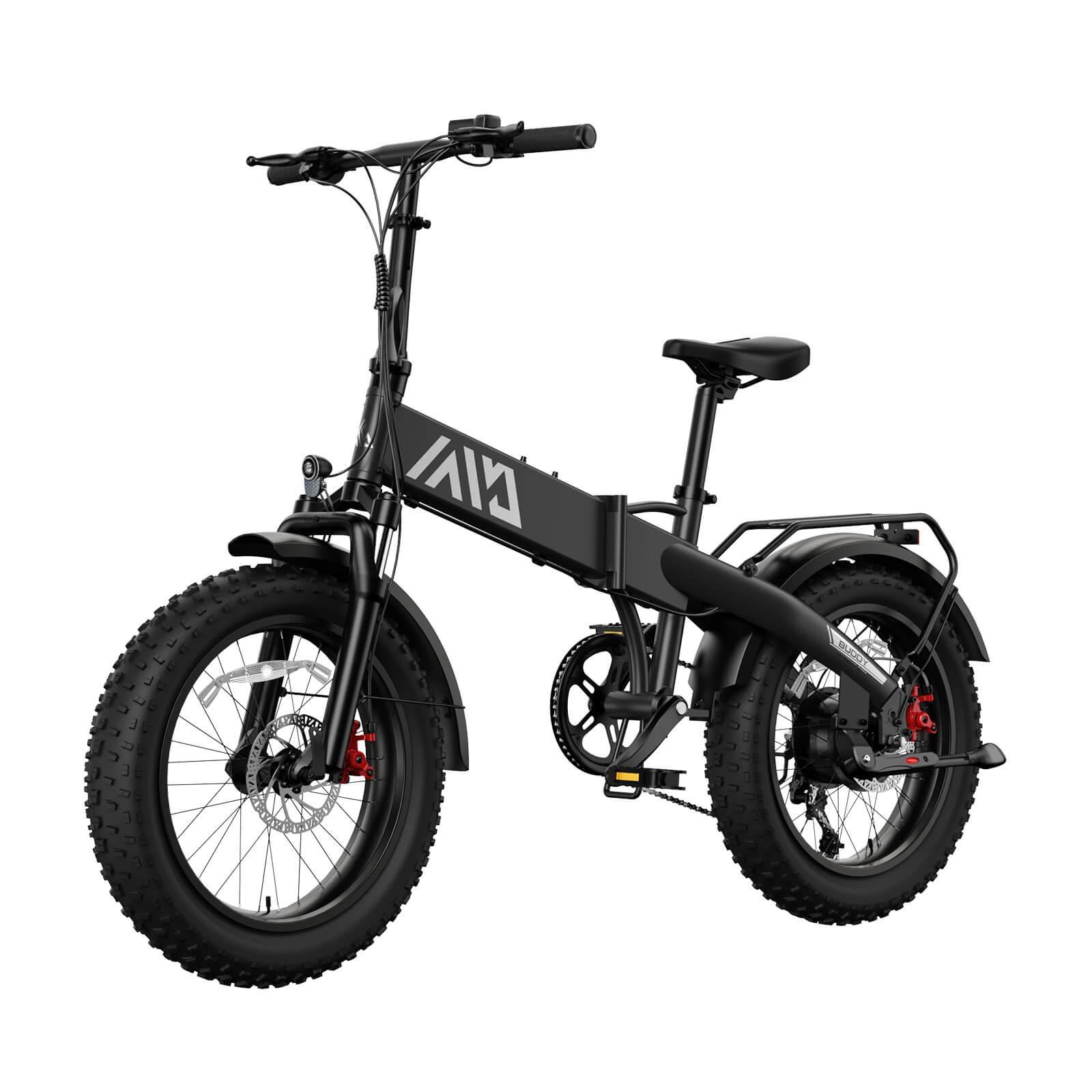
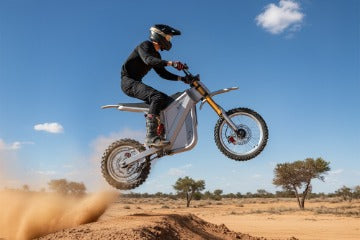
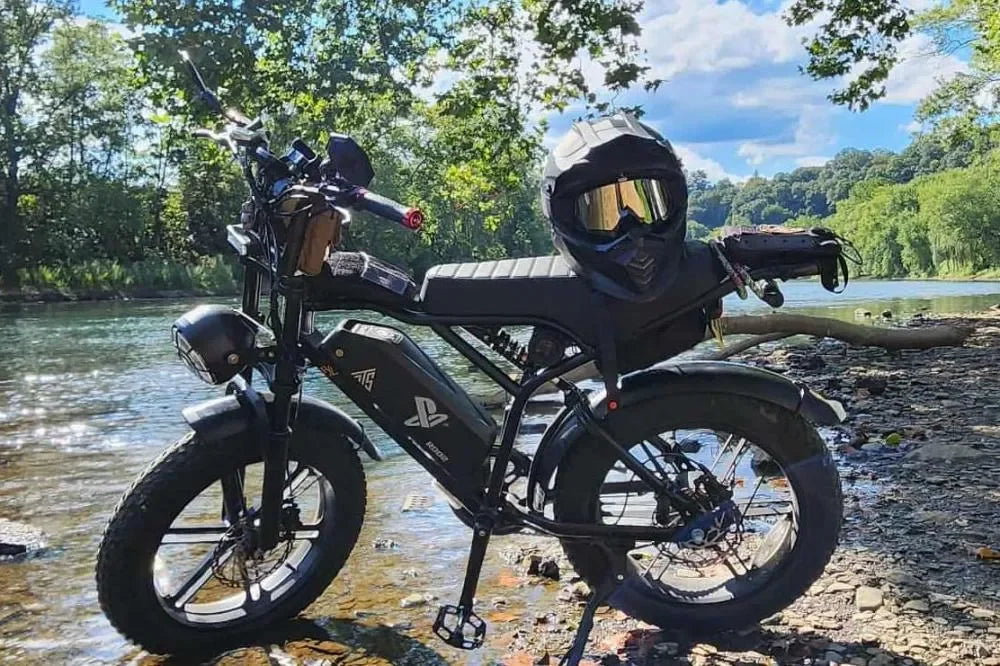
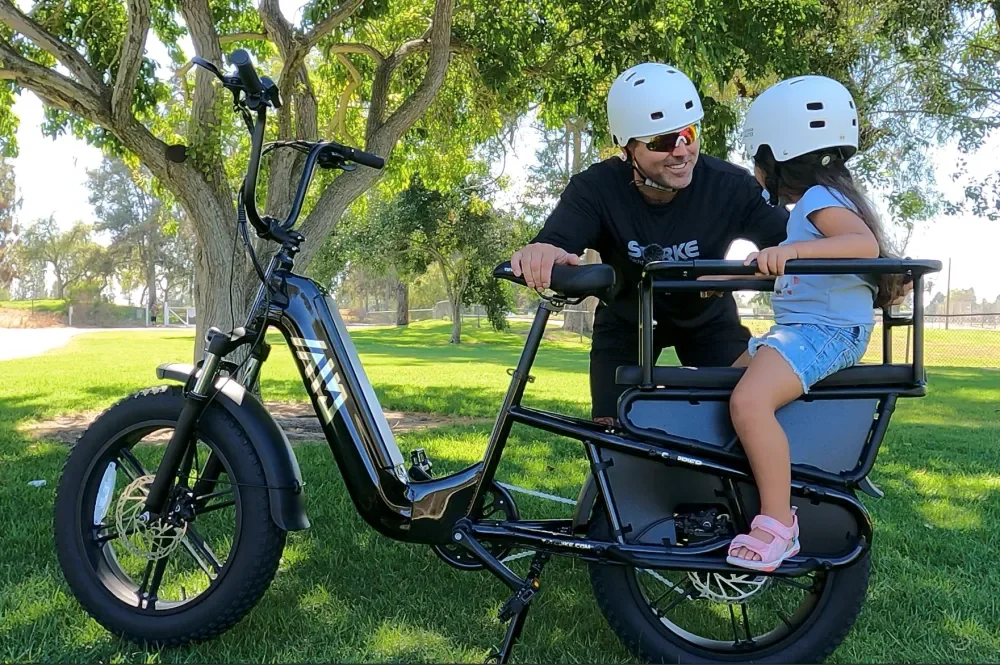
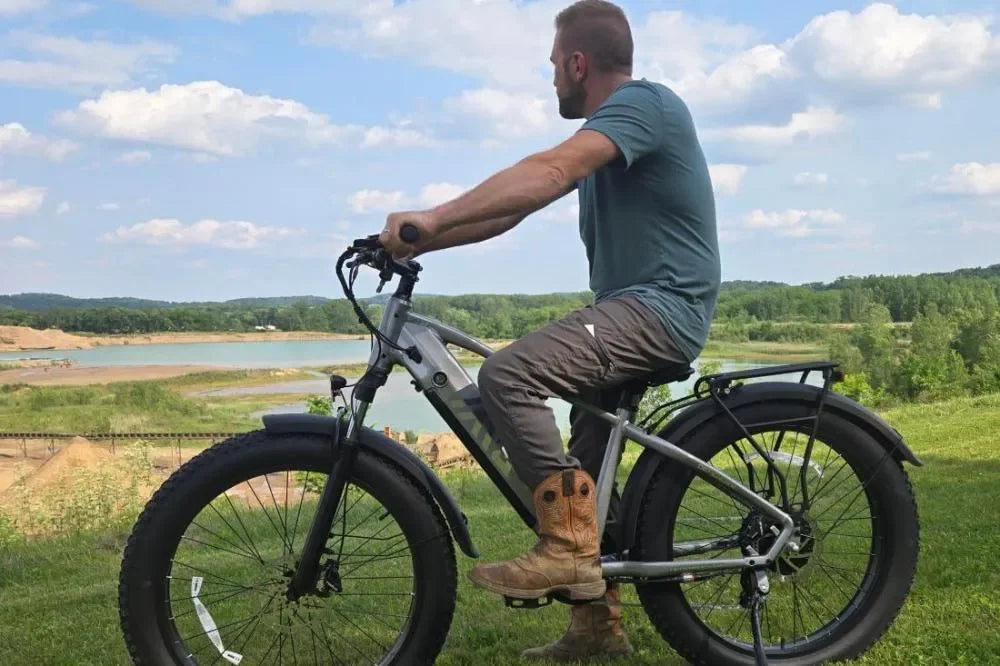
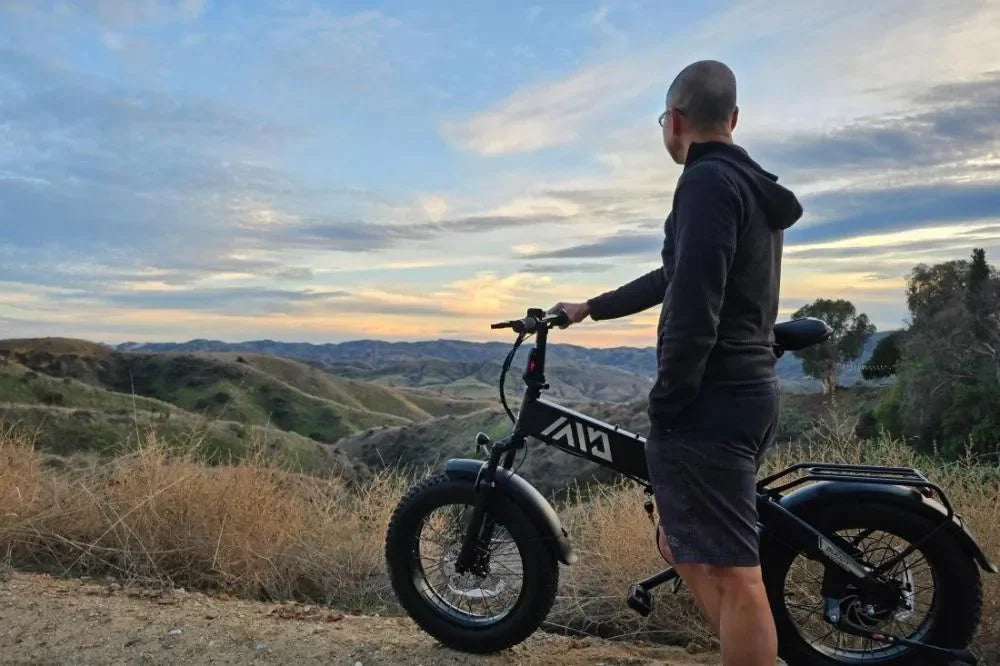
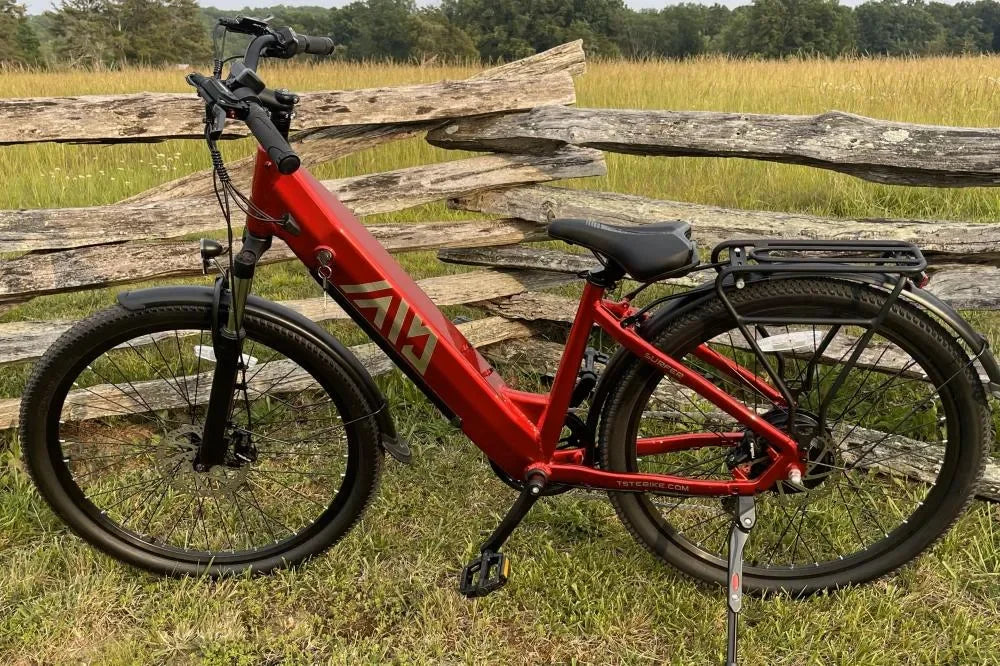
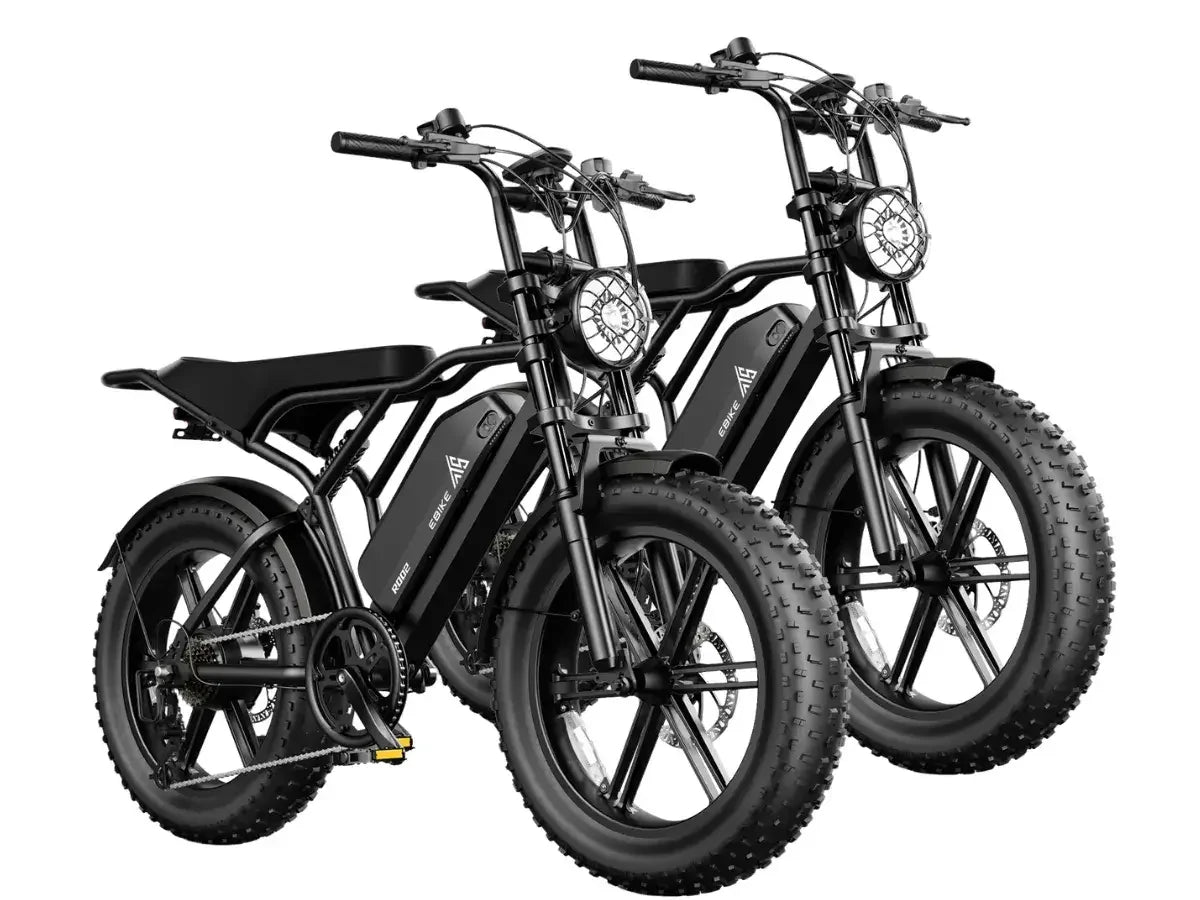
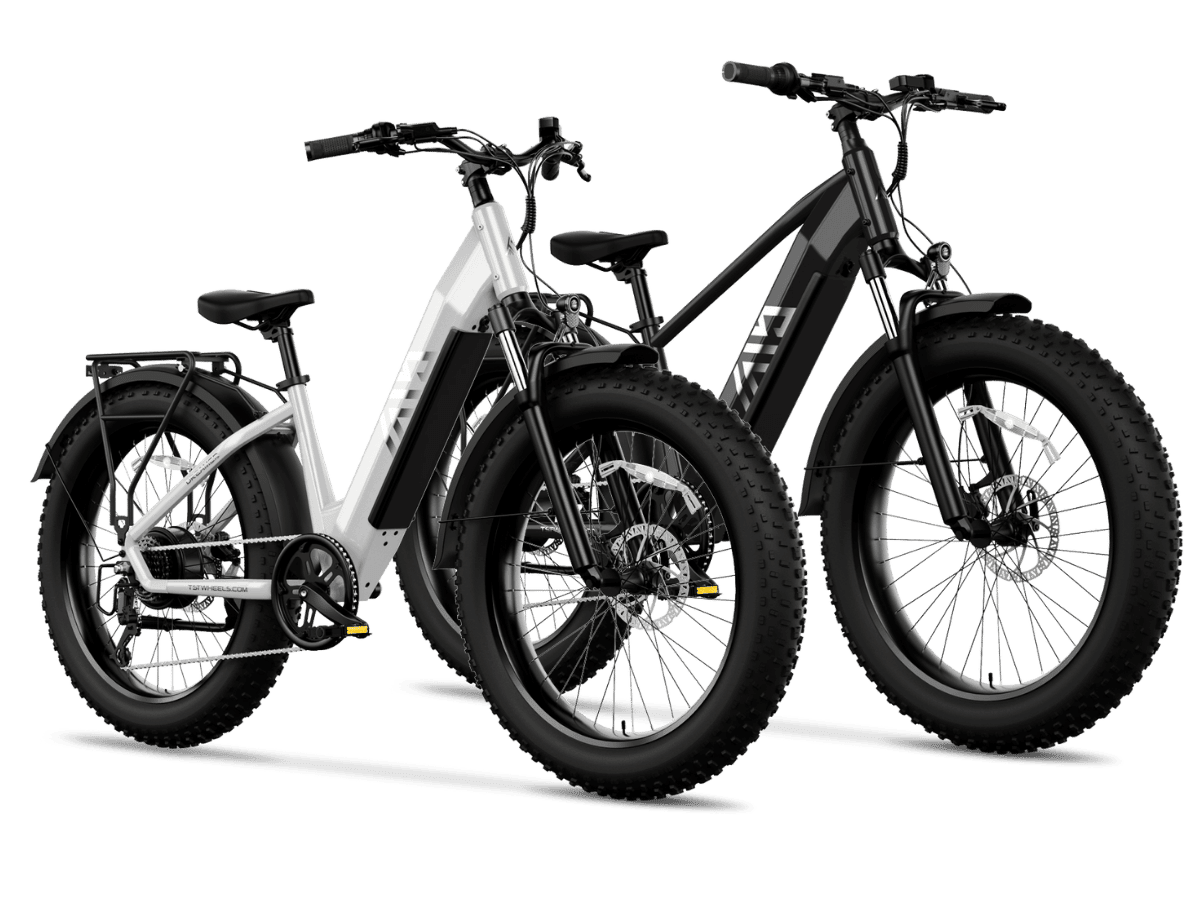
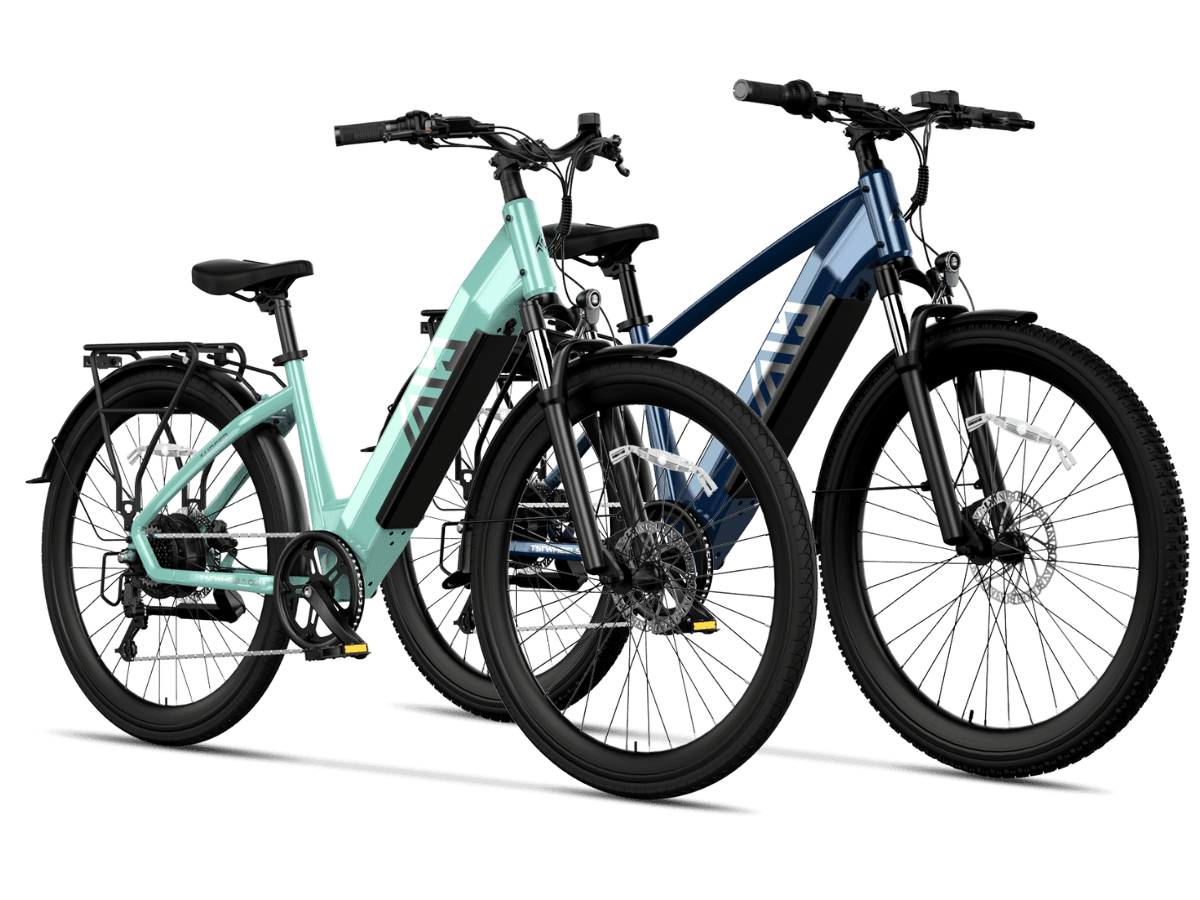
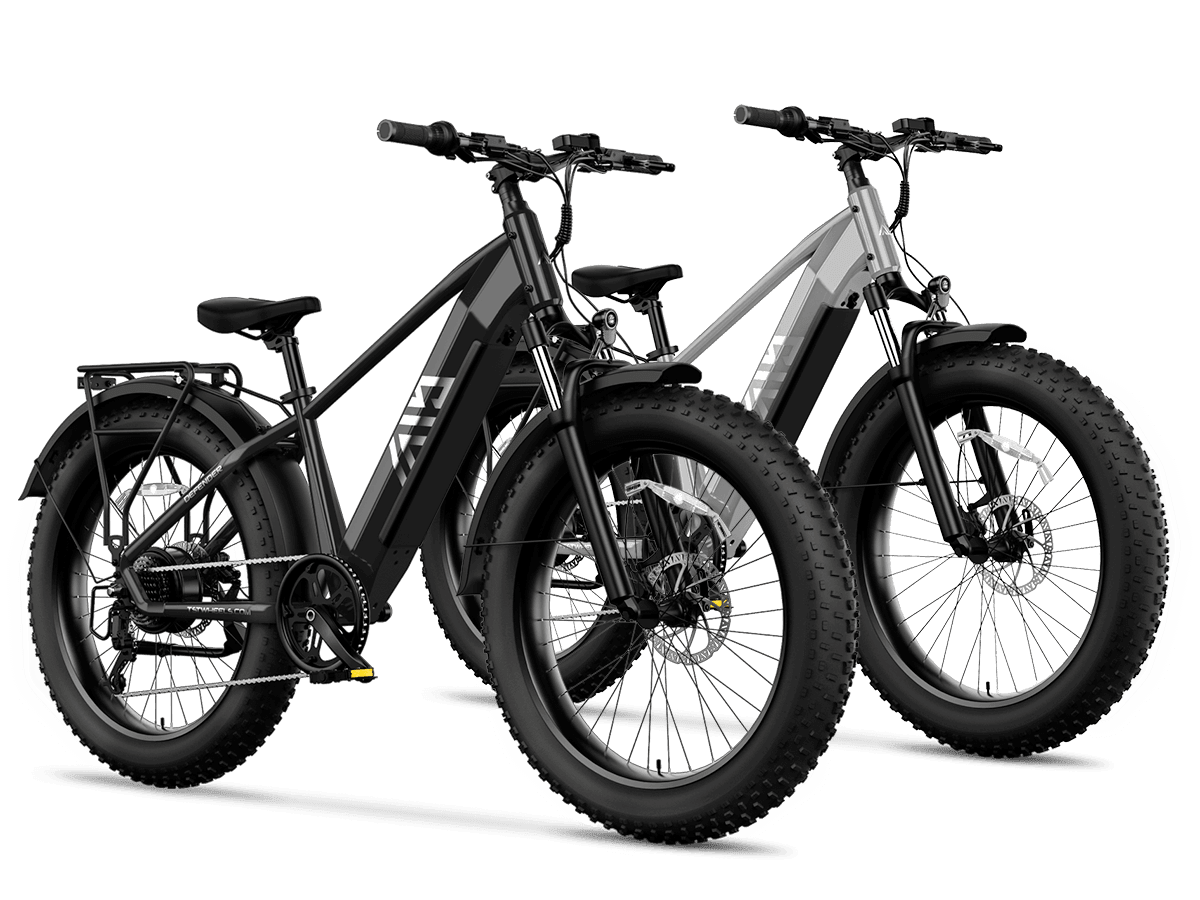
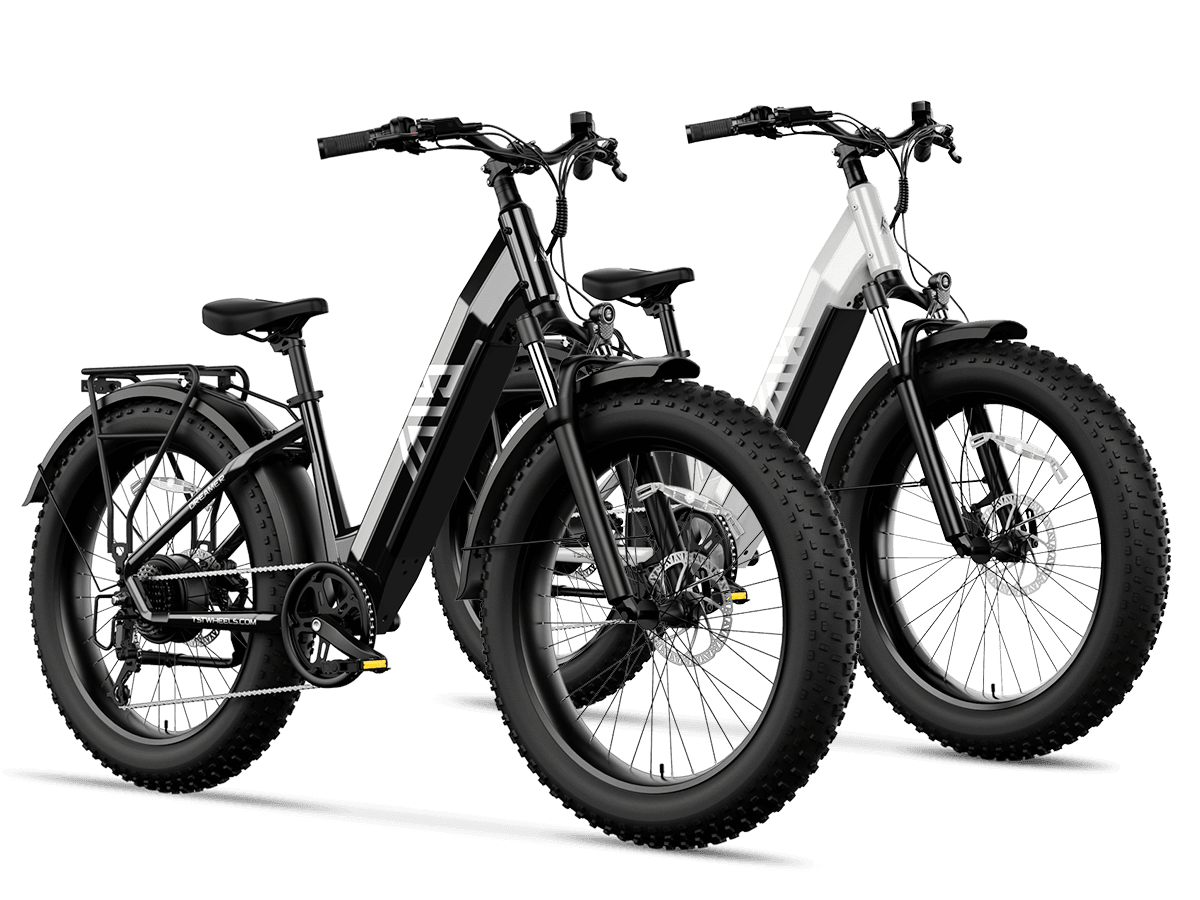
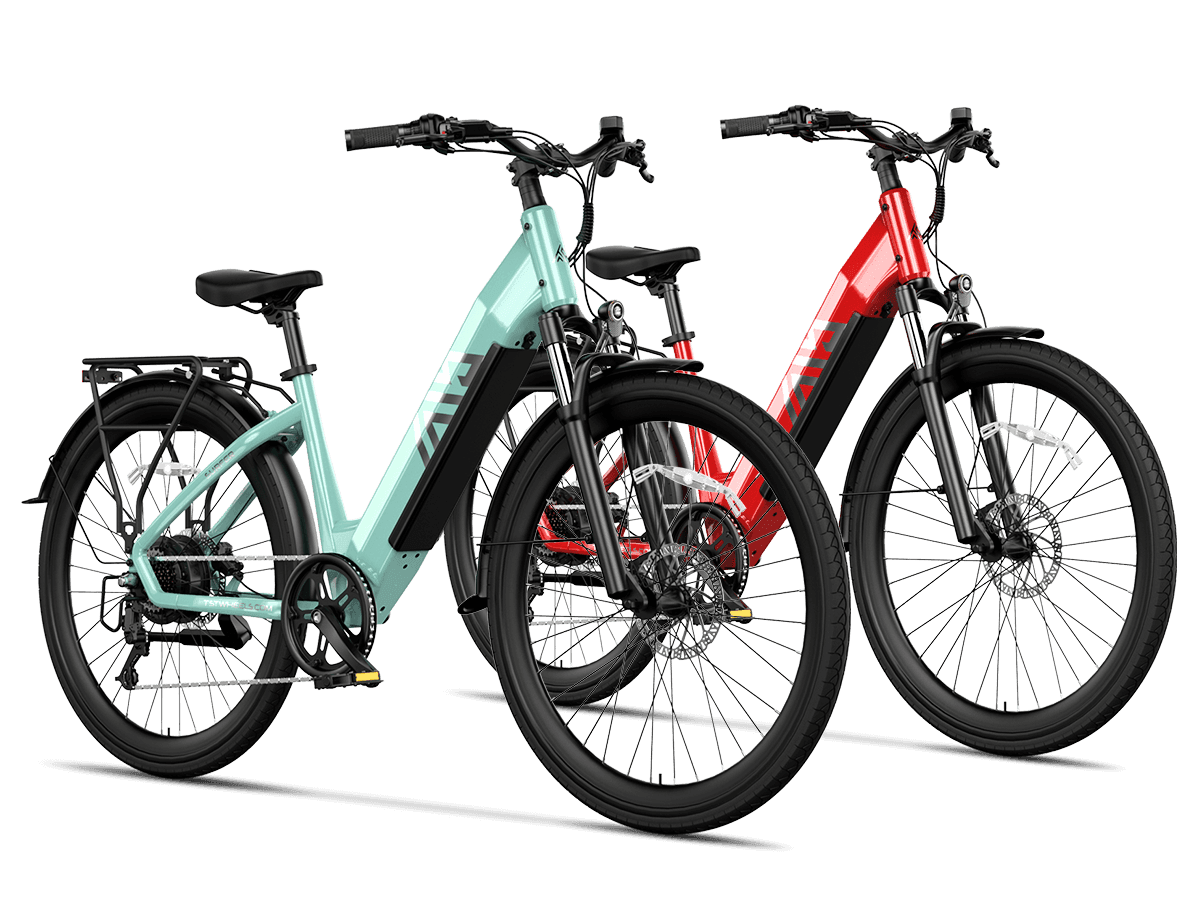
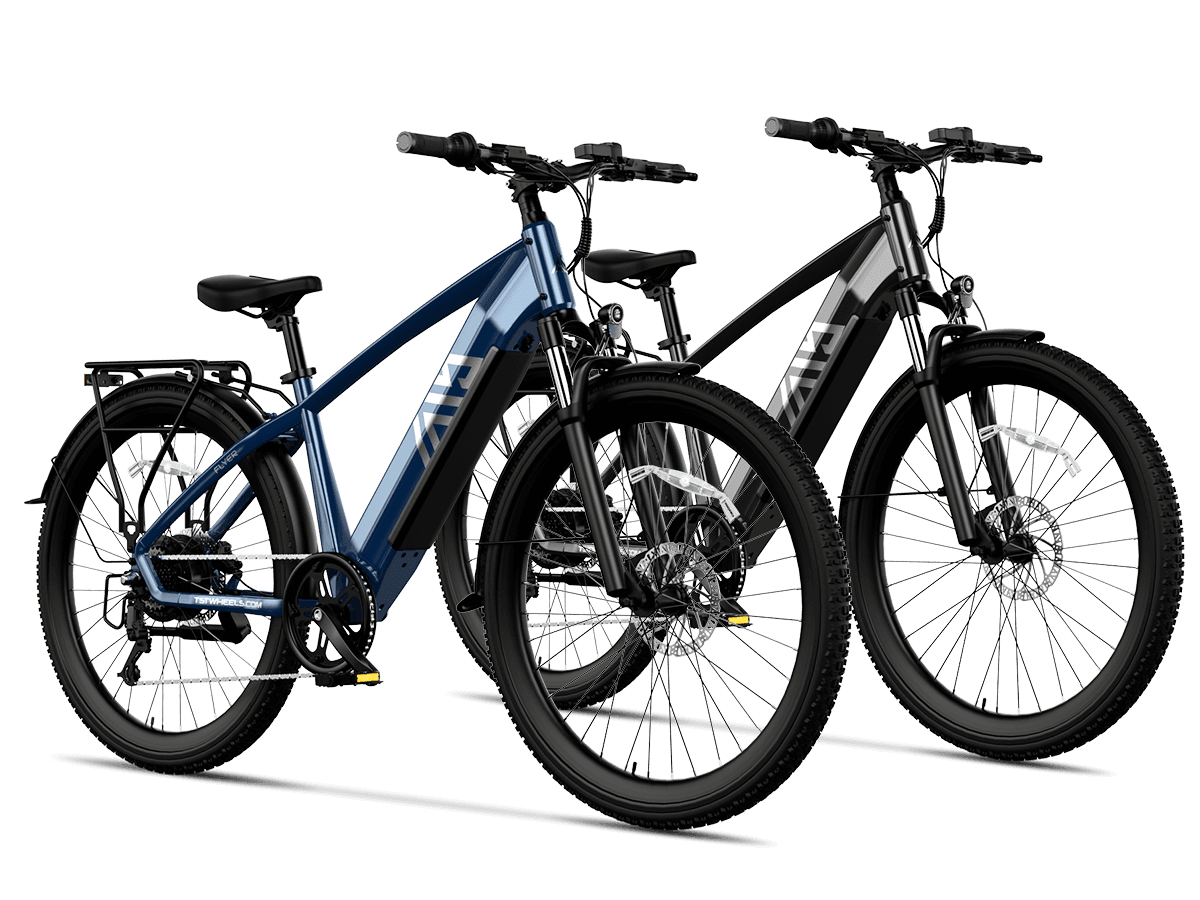
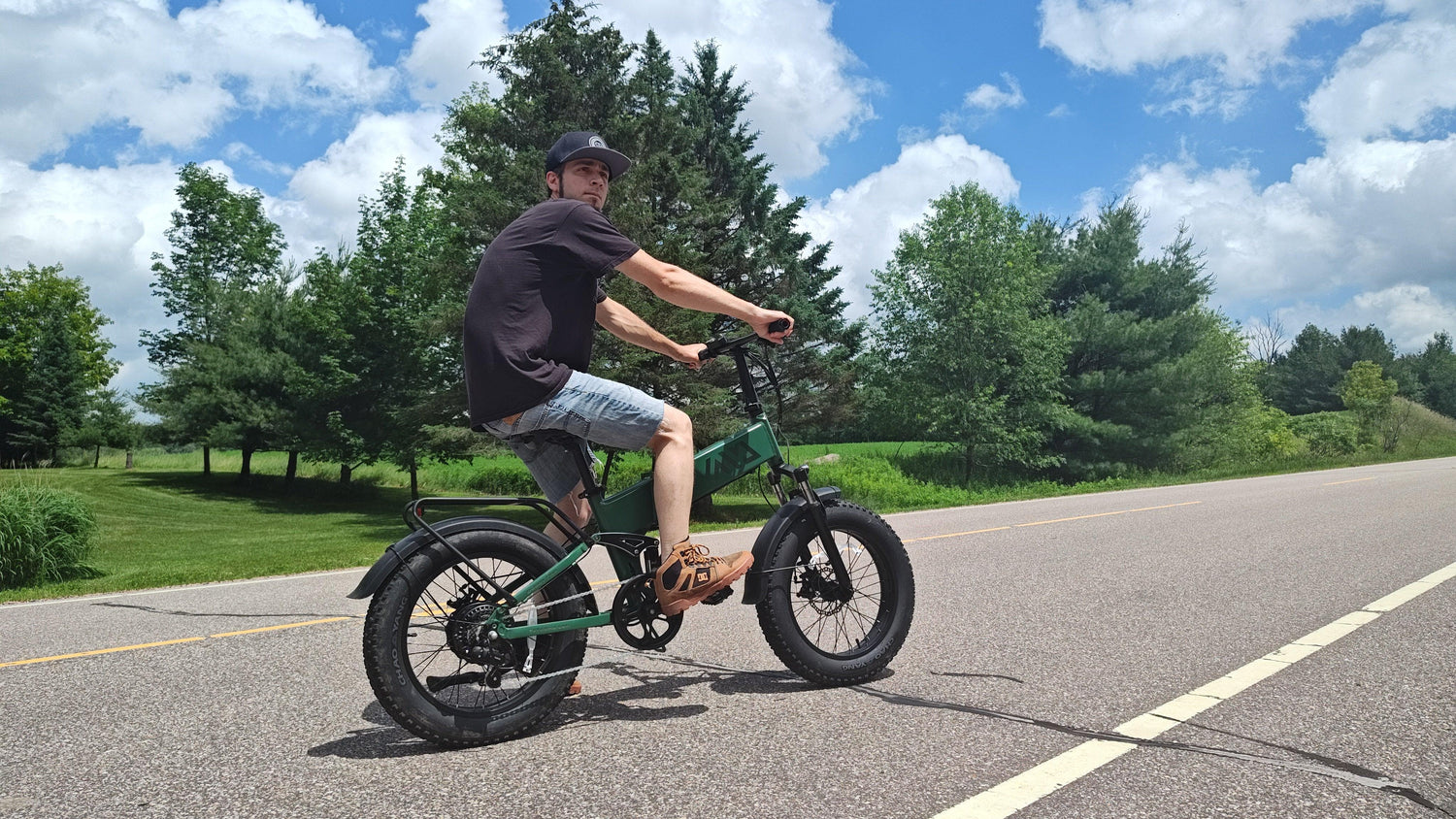
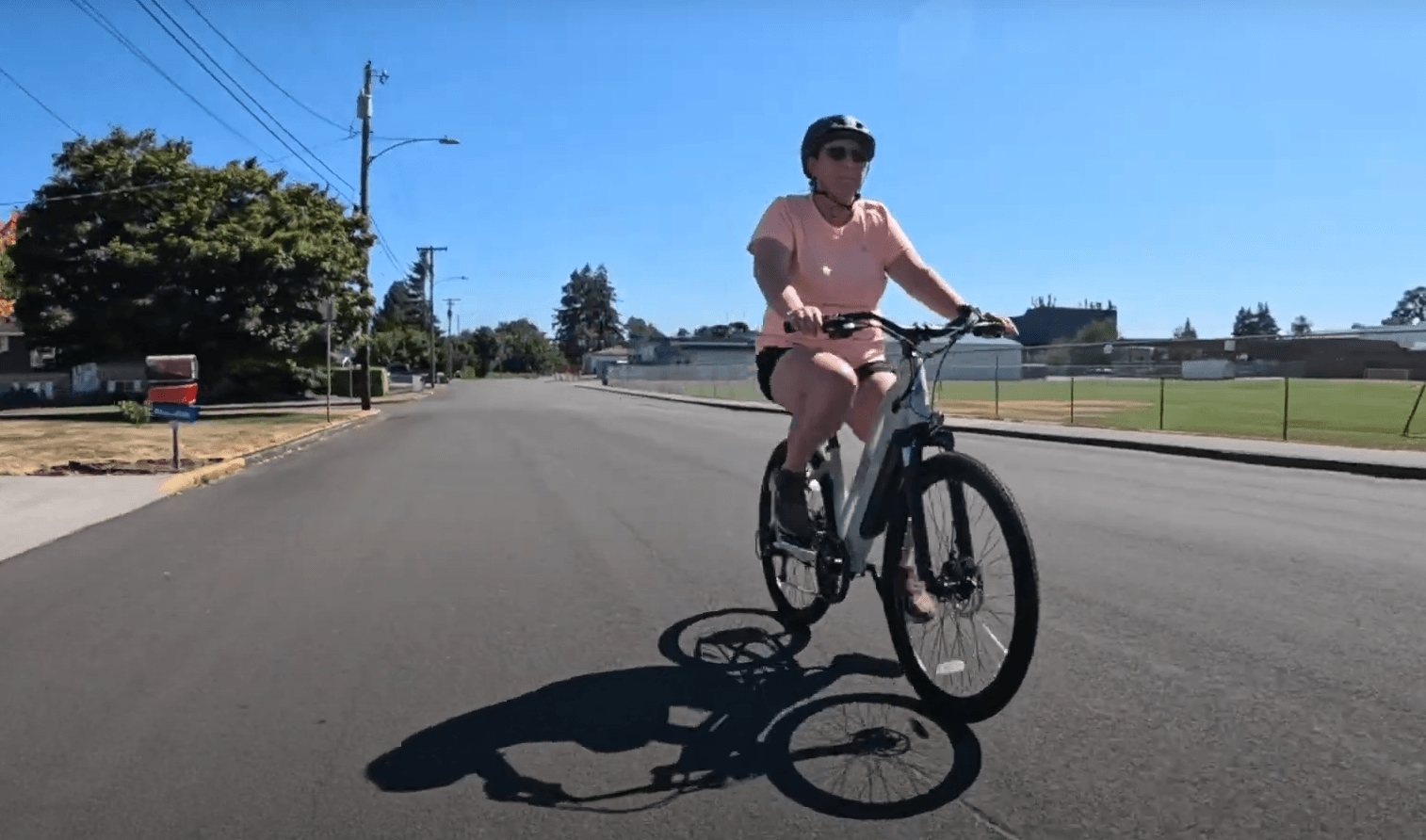
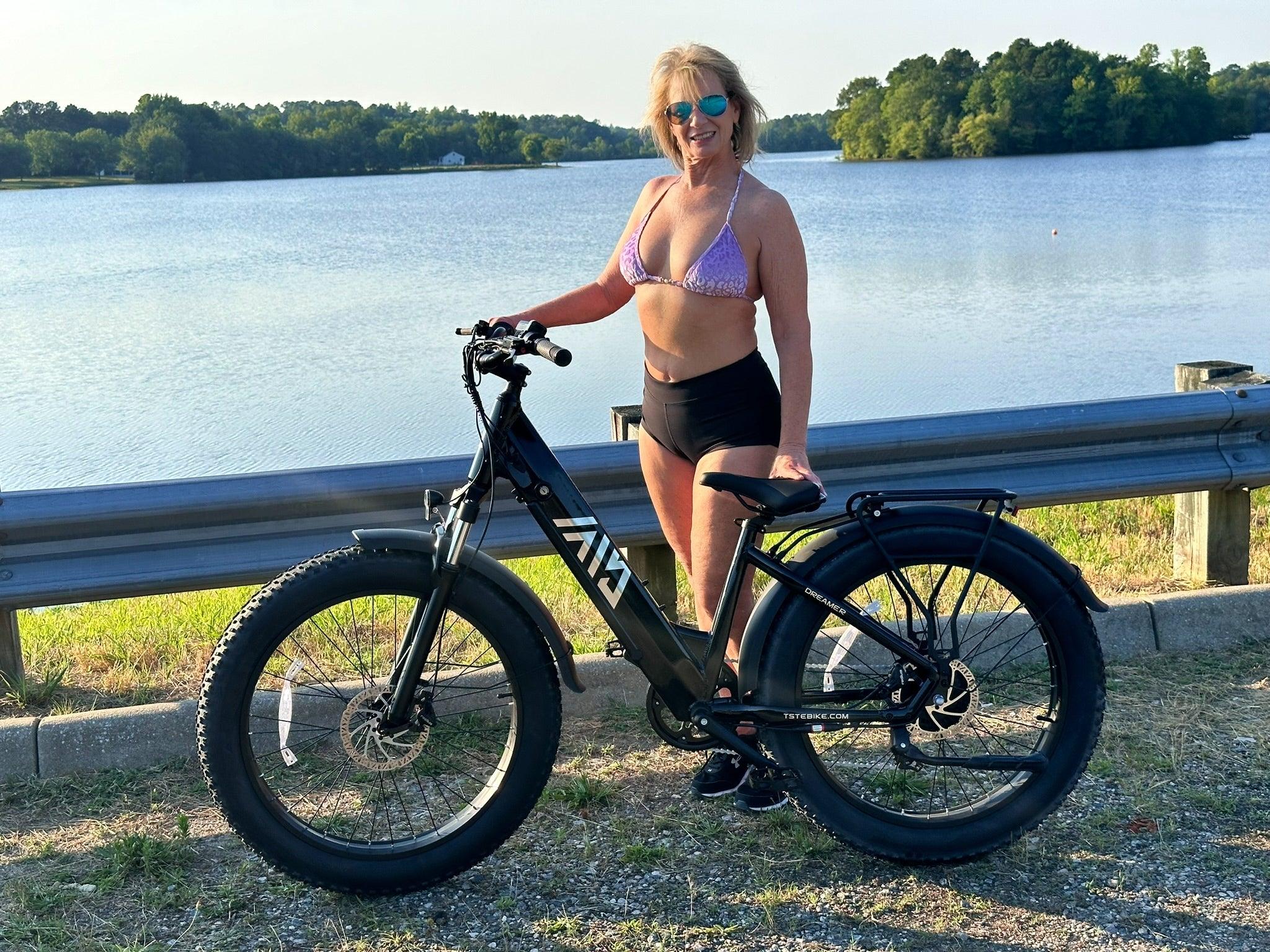
Leave a comment
All comments are moderated before being published.
This site is protected by hCaptcha and the hCaptcha Privacy Policy and Terms of Service apply.